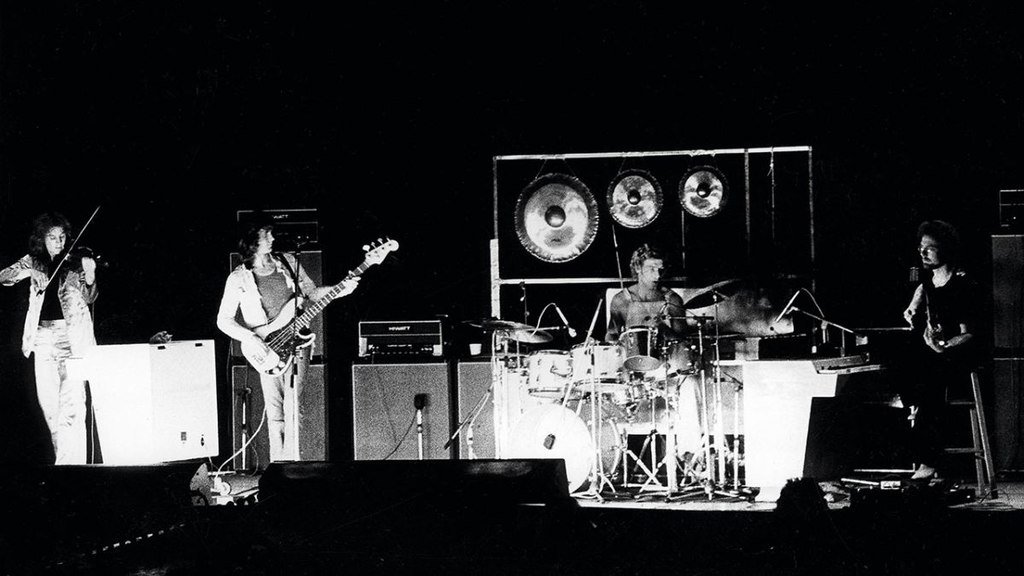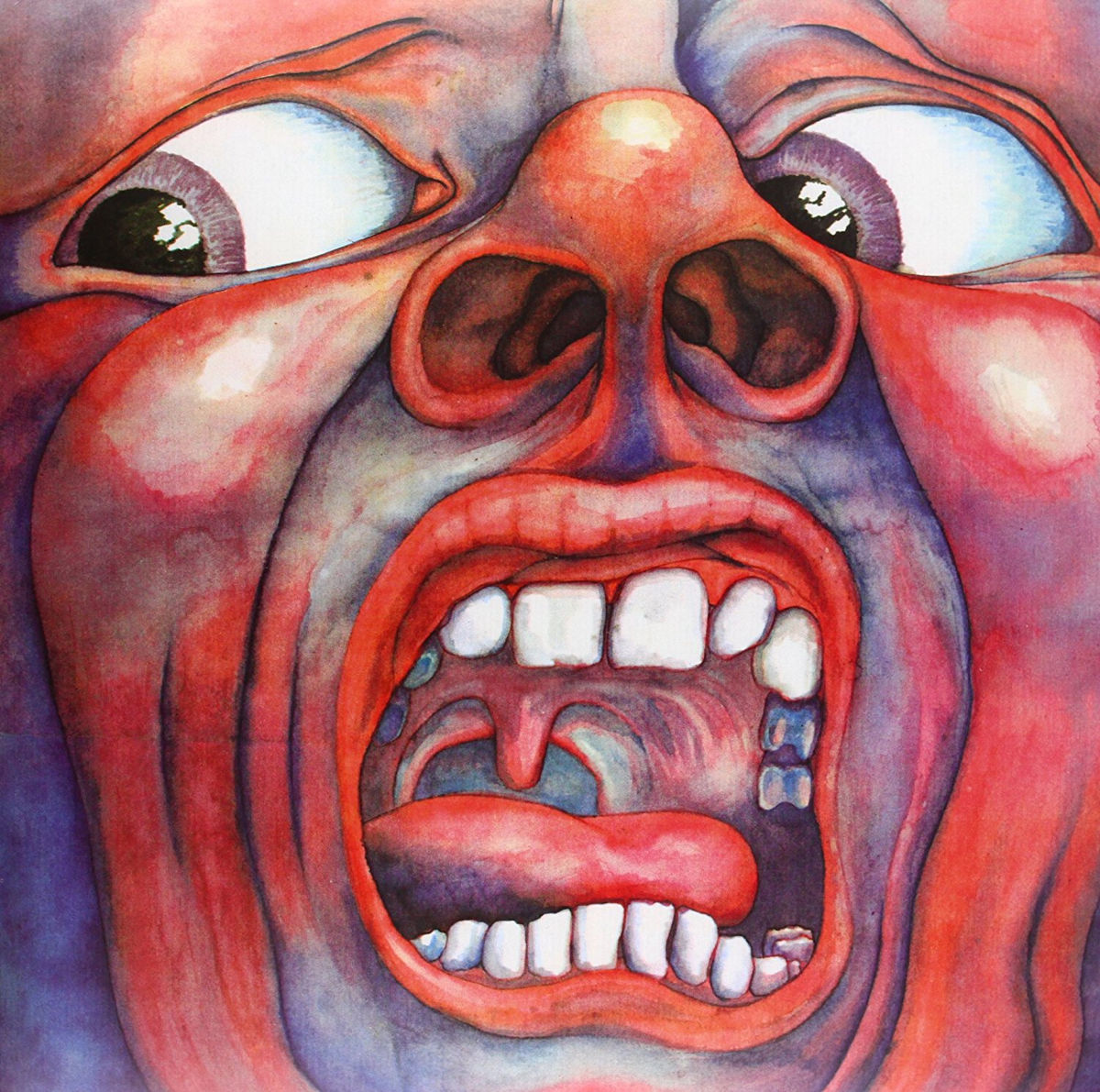[Monday Notes no. 83] I Talk to the Wind is the second track on King Crimson’s historic album In The Court Of the Crimson King, an authentic masterpiece as well as a manifesto of progressive rock. This track and the entire album are a real enigma, for this concept album many interpretations are possible, none is definitive.
KING CRIMSON – IN THE COURT OF THE CRIMSON KING… di bozorale
The piece opens with a double melody line in thirds performed on the flute by Ian McDonald.

The sung part is also performed by two voices moving in thirds and uses the same harmonic progression as the introduction: Emaj7 Cmaj7 Gmaj7 B. From a harmonic point of view, Emaj7 and B are respectively the 1st and 5th degree of the E major scale, while Cmaj7 and Gmaj7 are the 6th and 3rd degree of the natural E minor scale.
I Talk to the Wind, verse

The use of chords taken from other modes of the same scale (in this case, the E scale) is called modal interchange and is often encountered in jazz music, whereas it is not very common in rock and pop repertoire.
The second part of the piece also uses the technique of modal interchange, in fact Emaj7 is I degree of the E major scale while Bm9 is V degree of the E minor Doric scale.
If you want to learn more about the concept of modal interchange and more advanced theory in modern music and jazz, you may be interested in the functional harmony course on this site.
Let us now find out what happens in the chorus of the song. Here is the sheet music for the second part of I Talked to the Wind.

The lyrics of the song composed by Peter Sinfield are very evocative and have been the subject of multiple interpretations. A series of dualisms appear in the poetic text:
the straight man/ the late man
I’ve been here / I’ve been there
I talk to the wind / the wind does not hear
I’m on the outside / looking inside
This dualism is reflected in the music: the abrupt change from E major to E minor mode, the two-voice melody in thirds in the flute introduction and in the sung part.

It is therefore not surprising that the song eludes a unique interpretation, rather suggesting opposing contents. Although I have the feeling that I have not understood it in its entirety, I keep listening and re-listening to this song and the entire album, I cannot help myself. Just like the protagonist of the song who keeps talking to the wind, even though the wind cannot hear him.
Until next Monday!
P.S. You can find a complete tutorial for playing this piece in MODERN PIANO COURSE – PART 2



In the verse example, the lower part in the second measure, first 2 notes (“to the”) is G natural, not G sharp. This fits with the indicated chord C major 7.
Thanks for your comment about this typo, you’re absolutely right, there is a mistake both in the first and in the second line. I will correct it! Thanks